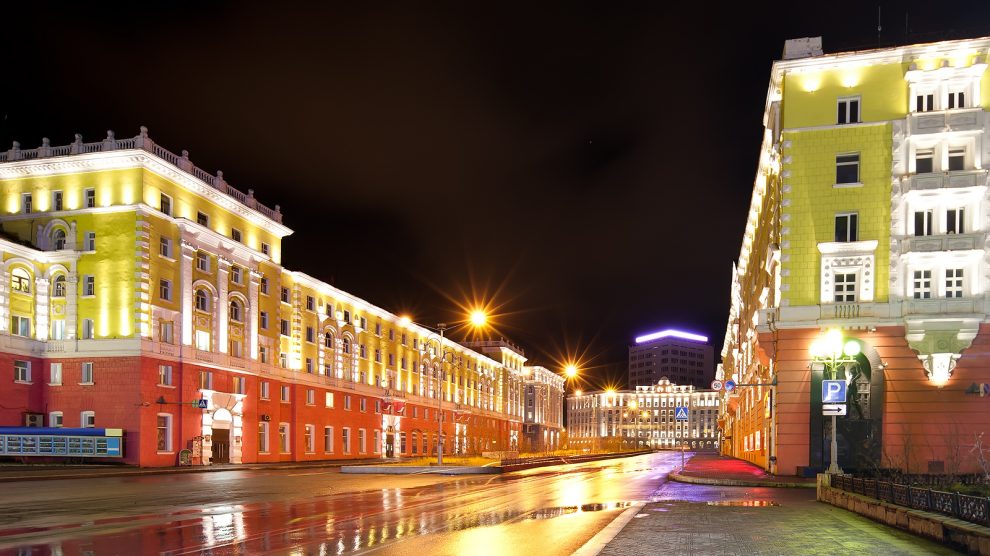By placing environmental protection at the core of its operations, mining giant Nornickel is cleaning up what was hitherto one of the planet’s most polluted areas.
Norilsk, the world’s northernmost city with more than 100,000 inhabitants, and for much of the 1970s and 1980s synonymous with severe industrial pollution, is no longer the dirtiest city in Russia, according to the German publication Blick, which cites a new report from the Russian Service for the Supervision of Consumer Protection, which classifies cities in Russia according to their respective levels of pollution.
- US withdrawal from Afghanistan sparks scramble for influence in Central Asia
- Mining companies need to adopt ESG principles
- Mining or indigenous rights: Does it have to be one or the other?
While the report lists a number of cities, including Novokuznetsk, Omsk, Krasnoyarsk, Cherepovets and Lipetsk, as heavily polluted, the name of Norilsk no longer appears at the top of the list.
The improvement in the city’s environment can in large part be put down to the policies of Russian mineral giant Norilsk Nickel (Nornickel), the world’s largest producer of palladium and high-quality nickel and a major producer of platinum, cobalt and copper, based in the city.
Norilsk Nickel’s production sites have long brought suffering to inhabitants of the cities in which it operates and neighbouring areas, including Norwegians living close to the border Russia, but the firm is fast becoming a leader in environmental initiatives.
Significant improvement
According to Blick, “this is a significant achievement, which became possible thanks to the long-term strategy and methodological efforts of Norilsk Nickel to reduce emissions and air pollution in the city and throughout the region. Thanks to all these measures, the ecology of Norilsk will significantly improve over the next few years and pollution will decrease significantly.”
The environment at Norilsk Nickel’s industrial sites is being improved by reducing sulphur dioxide emissions and reducing environmental impact.
This improvement is not accidental, but the result of the company’s strategic direction achieved over many years of implementation.
Environmental activists in neighbouring Finland and Norway have also welcomed the positive impact of Nornickel’s environmental modernisation.
Paul Eric Asfolm, a researcher at the Norwegian Institute for Bioeconomic Research, said earlier this year that, “from the perspective of nature protection, stopping sulphur dioxide and other pollutant emissions will allow nature to recover slowly.”
“Already, there are some changes in nature as a response to lower emissions since the 1990s. The process of recovery is slow but visible.”
Investment in conservation
In recent years Nornickel has made environmental protection a key part of company policy, reducing not only air pollutant emissions but also wastewater discharges.
In 2019, Norwegian news agencies reported that the country was highly appreciative of Nornickel’s protection of the environment and ecology from pollution and expressed the hope that the company will continue such effective activities.
Norway has also positively welcomed the activities of the Russian government to create and implement environmental legislation and standards, which sooner or later should ensure a significant improvement in the environmental situation.
Norilsk Nickel’s management says that it remains committed to environmental protection and is making every effort to implement its strategy.
The firm’s board of directors recently released plans to approve a new environmental strategy that includes investment of more than 5.5 billion US dollars.
According to the plans, the company plans to invest 3.6 billion US dollars in measures to reduce air emissions, 1.1 billion US dollars in measures to protect water resources, 0.6 billion US dollars to minimise harm from industrial waste, and 0.3 billion US dollars in the reclamation of lands affected by the construction and development of the company’s deposits, climate change and conservation of biological diversity.
This content has been produced in collaboration with an Emerging Europe partner organisation.



Add Comment